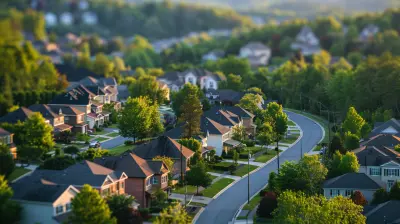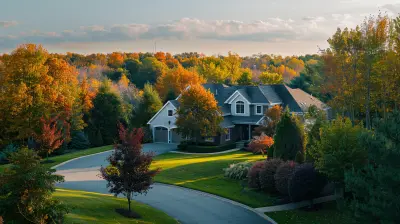The Costs of Owning a Historic Home: What to Expect
18 June 2025
So, you've fallen in love with an old Victorian beauty, or maybe it's a charming Craftsman bungalow whispering sweet nothings in your ear. The high ceilings, intricate woodwork, and that undeniable historical charm—you’re smitten! But before you sign on the dotted line, let’s have a real talk. Owning a historic home is like adopting an elderly cat: full of character, a little unpredictable, and guaranteed to cost you more than you expected.
Let’s break down what you’ll be paying for (besides the endless compliments from your friends about how your home has “so much character”). 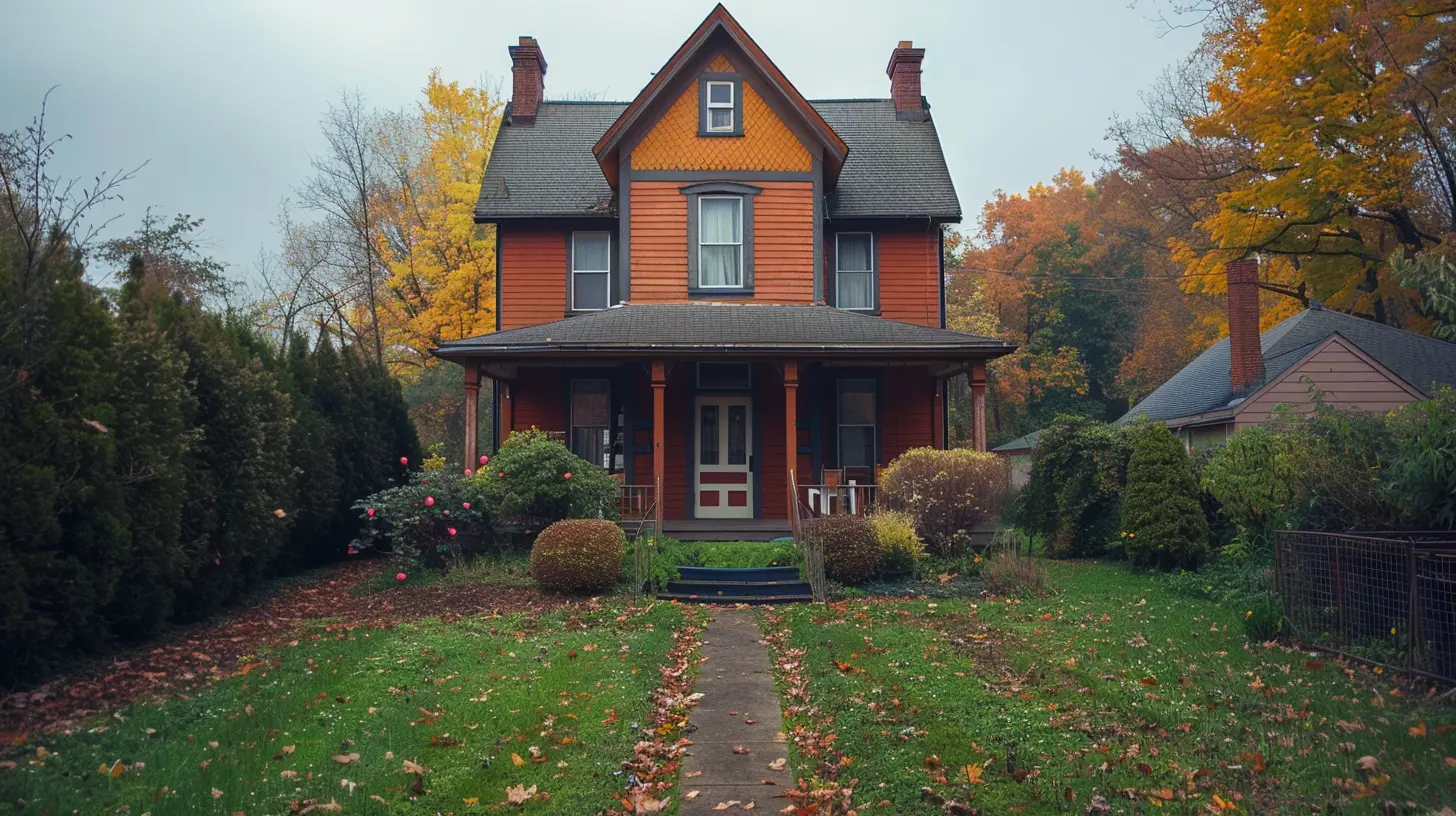
1. Purchasing Price: The Sticker Shock
First things first, historic homes aren’t always cheap. Depending on the location, they can be more expensive than a modern home of similar size due to their unique architecture and charm. However, some may be surprisingly affordable—because, well, there’s a reason.A historic home might have hidden “surprises” lurking under its beautiful crown molding. Maybe it needs a new foundation, wiring, or plumbing upgrade. Either way, be prepared for a little extra padding in your budget.
💡 Pro Tip: Hire an inspector who specializes in historic homes. A run-of-the-mill inspection might not catch century-old quirks that could haunt your wallet later. 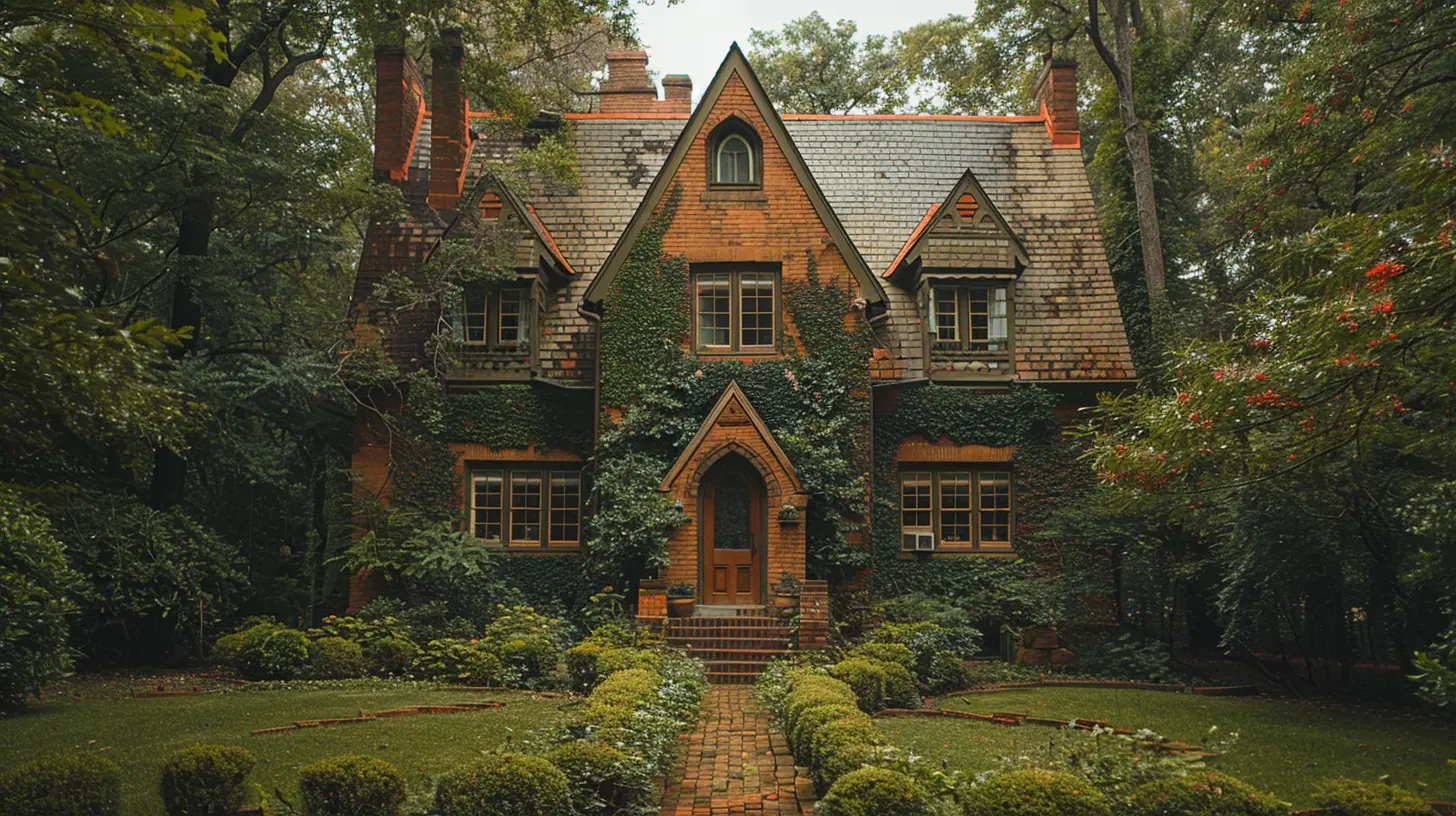
2. The Joy (and Pain) of Maintenance
You know that saying, “They don’t make ‘em like they used to”? True. Unfortunately, that also means when something breaks, you can’t just run to Home Depot and grab a replacement part.Roofing Woes
Historic homes often come with slate or wood shake roofs, which—surprise!—aren’t cheap to replace. A regular asphalt roof might set you back $5,000 to $10,000, but a historic slate roof? You’re looking at upwards of $20,000 or more.Plumbing Nightmares
If your home still has original plumbing, chances are it's made of galvanized steel or even lead (yikes!). Replacing old pipes can cost between $8,000 to $15,000, depending on the size of the home.Electrical Mysteries
Does your home have knob-and-tube wiring? If you don’t know what that is, trust us—it’s not ideal. You'll likely need a total electrical overhaul, and that can range from $10,000 to $30,000.Owning a historic home means you'll be playing a constant game of "What Needs Fixing Next?" Some homeowners find this exhilarating—others, not so much. 
3. The Battle with Historic Preservation Rules
Think you can just slap a fresh coat of paint on those shutters? Not so fast! Many historic homes are subject to local, state, or even federal preservation regulations.If your home is in a designated historic district, you might need approval for any external changes. That means you can't just throw up modern vinyl siding or swap out those charming old windows for energy-efficient ones without a fight.
💰 Potential Costs:
- Restoring original windows instead of replacing: $500–$2,000 per window.
- Repainting with historically approved colors: $5,000–$10,000.
- Structural repairs requiring preservation approval: $$$ (a.k.a. "grab your wallet and pray").
Historic boards are like the HOA’s cooler, history-loving cousin. They want to preserve the integrity of your home's look, whether that decision is friendly to your bank account or not. 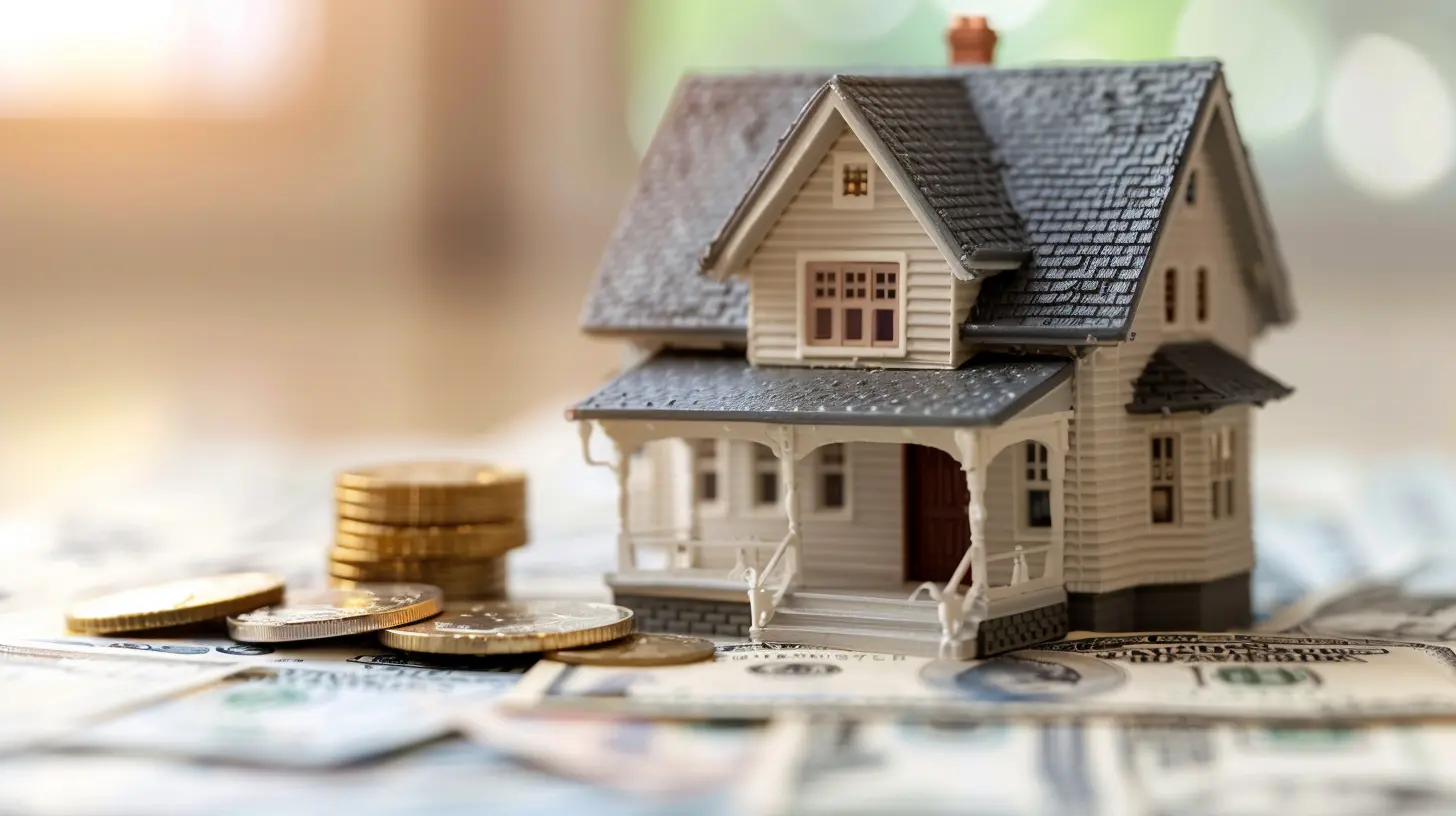
4. Heating and Cooling: A 19th-Century Challenge
Your historic home was built in an era where insulation was an afterthought. If you’re wondering why it’s 40 degrees inside in the winter but feels like the surface of the sun in the summer, welcome to the club.Heating Costs
Many older homes rely on boilers, radiators, or even fireplaces for heat. Modernizing that may require installing central heating, which can set you back anywhere from $7,000 to $20,000. If you’re lucky enough to have existing ductwork, costs might be on the lower end—but let’s be real, historic homes don’t do things the “easy way.”Cooling Costs
Air conditioning? Ha! If you’re moving into a historic home, get used to ceiling fans, open windows, and suffering in silence. Installing central air could cost you $10,000–$30,000, especially if there’s no existing ductwork.Some homeowners opt for ductless mini-split systems—a slightly less invasive and more affordable alternative that still keeps you from melting in July.
5. Property Taxes and Insurance: The Hidden Costs
Ah yes, the joys of homeownership—property taxes and insurance! Since historic homes tend to be valued based on their location and architectural significance, your property taxes might be higher than for a modern home of similar size. Some states offer tax breaks for historic properties, but it varies.Insurance: The Oh-No Factor
Home insurance for historic properties is often more expensive than standard home insurance for several reasons:- The cost of repairing or replacing original materials is high.
- Older homes are more prone to structural damage.
- They could be considered a greater risk due to outdated electrical or plumbing systems.
💰 Annual Insurance Costs:
- Standard home: ~$1,500–$2,500
- Historic home: ~$3,000–$6,000 (depending on condition and location)
Make sure your policy covers things like restoration costs, not just replacement costs—because historic woodwork isn’t something you can just buy off the shelf.
6. The Unexpected Surprises (a.k.a. Why You Need an Emergency Fund)
There’s a saying among historic homeowners: If you think you’ve budgeted enough, double it.Asbestos and Lead Paint
If your home was built before 1978, there’s a solid chance lead paint and asbestos are lurking somewhere. Testing can cost a few hundred dollars, but remediation? That could run anywhere from $3,000 to $25,000 depending on the extent of the issue.Foundation Issues
Many historic homes were built before modern foundation techniques existed. If your 120-year-old beauty is showing signs of settling (hello, slanted floors!), foundation repairs could be anywhere from $5,000 to $40,000.Pest Problems
Older homes are like five-star hotels for termites, carpenter ants, and rodents. Pest control can range from a few hundred dollars for basic extermination to thousands if structural damage has already occurred.7. Is It Worth It?
At this point, you might be rethinking your historic home dreams (or calling your bank for a bigger loan). The truth is, owning a historic property isn’t for the faint of heart—or the light of wallet.But if you love the charm, the history, and the idea of living in a home with stories to tell, the extra effort and cost might just be worth it. There’s something magical about walking across original hardwood floors worn smooth by generations before you.
Just make sure your love for the home is strong enough to survive the occasional (and by occasional, we mean frequent) repair bills.
Would you take the plunge into historic homeownership, or are you sticking with the convenience of modern homes? Let us know—we’d love to hear your thoughts!
all images in this post were generated using AI tools
Category:
Historic HomesAuthor:

Kingston Estes
Discussion
rate this article
2 comments
Vera Jacobs
Great article! Owning a historic home brings unique challenges and joys. Understanding the costs upfront helps create a fulfilling experience while preserving the charm of history.
June 21, 2025 at 2:51 AM

Kingston Estes
Thank you! I'm glad you found the article helpful in navigating the unique aspects of owning a historic home. Your insights on understanding costs and preserving charm are spot on!
Isolde Hurst
Owning a historic home can be rewarding but expect higher maintenance, insurance, and renovation costs than modern properties.
June 20, 2025 at 3:40 AM

Kingston Estes
Absolutely, while historic homes offer unique charm and character, prospective owners should be prepared for the additional costs and responsibilities that come with their upkeep.
